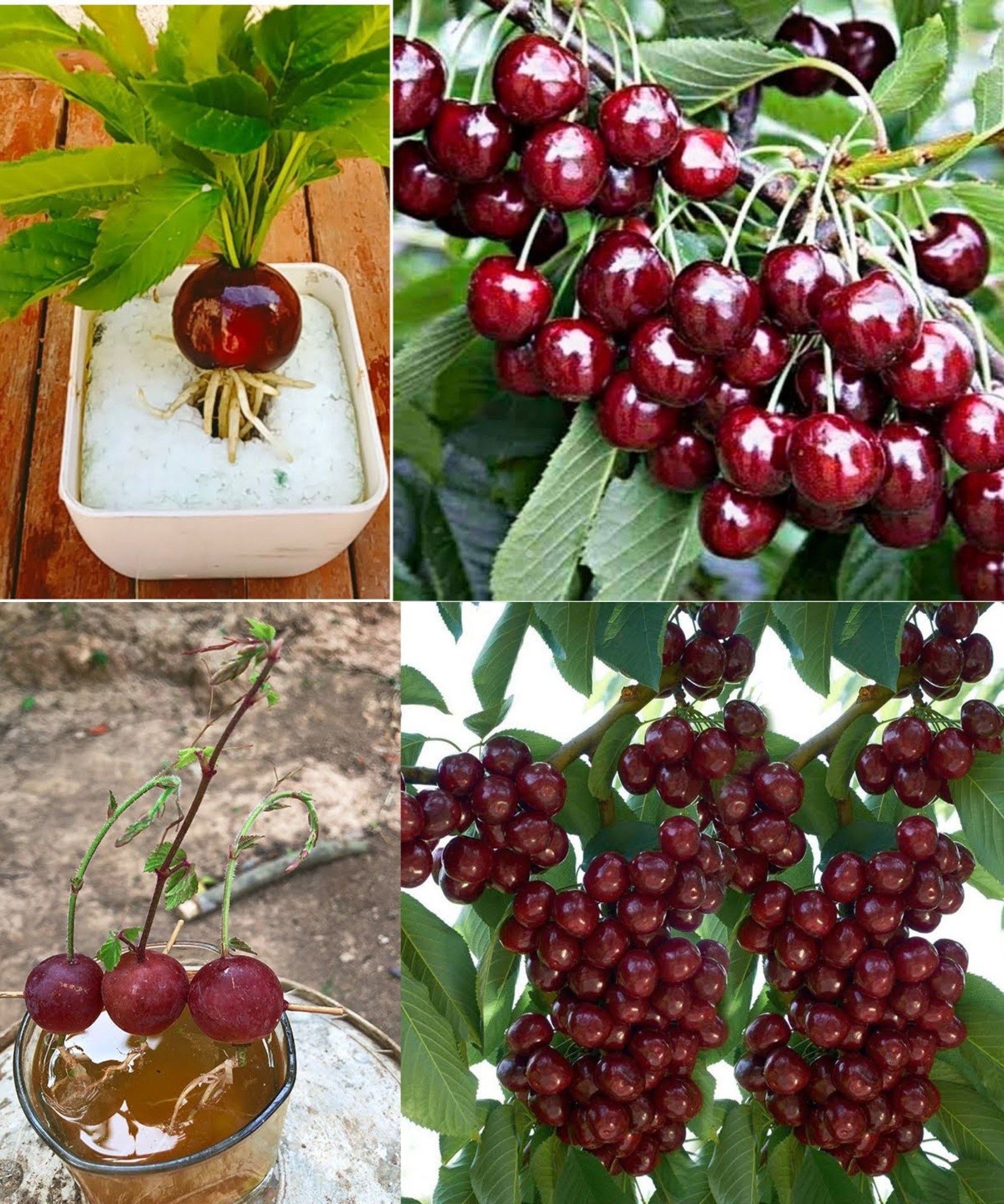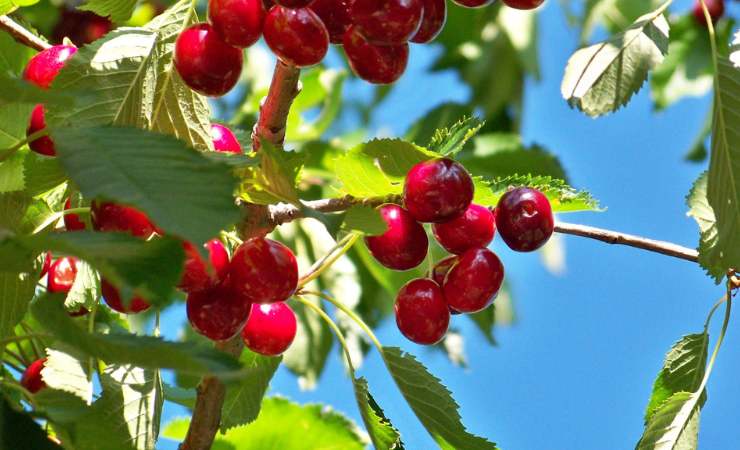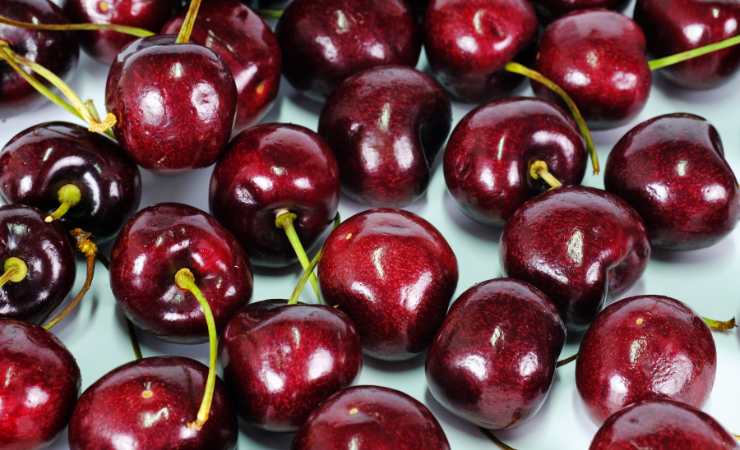
Achieving the emergence of a cherry plant without the prolonged wait is within reach with this simple method – let’s unveil the secret.

As the month of May heralds the return of beautiful days and rising temperatures, many embrace outdoor activities like beach outings and picnics, relishing the splendid offerings of nature. Among these delights, cherries stand out – not just for their delightful flavor but also for the wealth of beneficial elements they contain, such as potassium, phosphorus, vitamin A, and vitamin C.
Desiring a cherry plant in your garden is understandable
Yet starting one, especially for beginners, may pose challenges without the right techniques. Discover an effective method to expedite the growth of a cherry plant without breaking the bank, leveraging the stone found within the cherry itself.

Begin by obtaining ripe cherries to increase the likelihood of finding viable seeds within them. A telltale sign of ripeness is the intense red color of the cherry. Extract the stone by either consuming the fruit and leaving the stone or by cutting the cherry with a knife. Ensure the stone is thoroughly cleaned, free from any residual pulp. The more stones obtained, the greater the potential number of seedlings.
The subsequent step involves sowing the cherry stone, but traditional waiting times can be bypassed through a simple technique – creating a small crack or removing the hard outer part surrounding the embryo. A nutcracker can be used to break the nut and create a crack, expediting the process.
If only the embryo is used, a seedling will typically appear within a month or a maximum of forty days. Opting for the intact seed may extend the waiting period to five or six months. Once the choice is made, proceed with sowing. In a pot filled with soil, create a small hole approximately one centimeter deep with a teaspoon. Place the kernel or embryo into the hole, cover it, and spray with a bit of water. Maintain moist soil until the first shoot emerges.

Around 40 days later, observe the emergence of a root and the seedling. Within a couple of days, the seedling will reach about two centimeters in height. About a week after germination, the first leaves will appear. By the fifteenth day, the plant will be around ten centimeters tall with developing foliage. While further growth occurs in the following months, the initial year primarily focuses on root system development.
When the plant attains a height of approximately one and a half meters and the central trunk’s diameter reaches 2 centimeters, grafting becomes possible, promoting the production of large and delectable fruits.